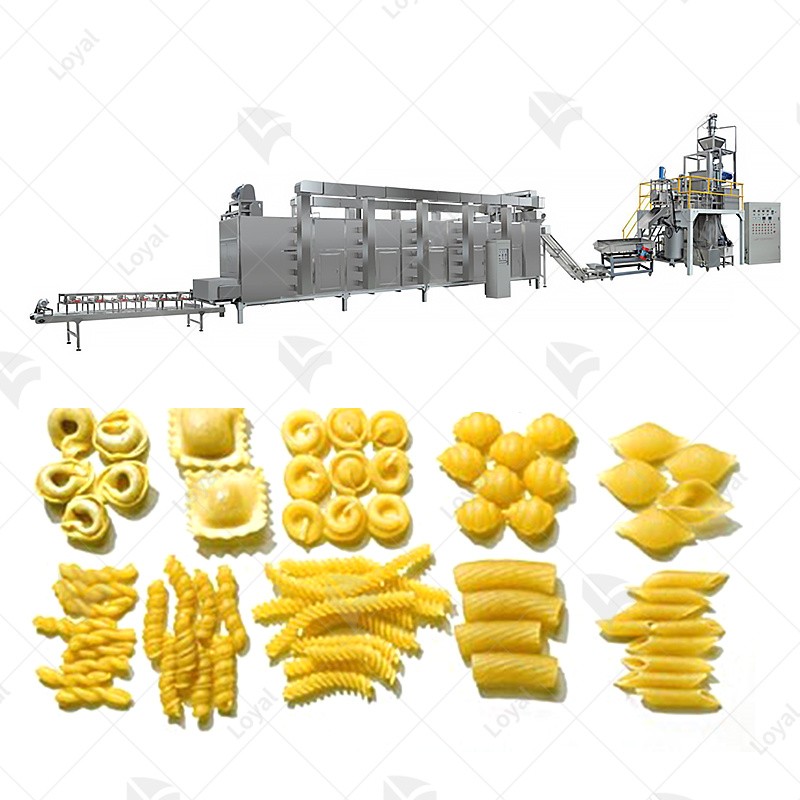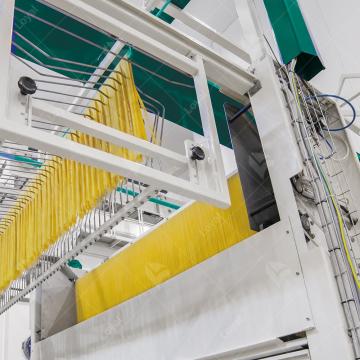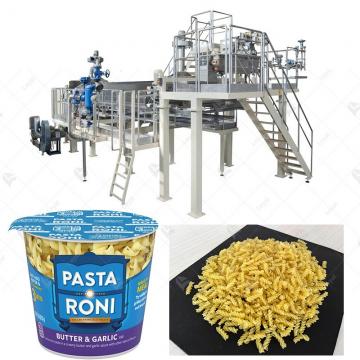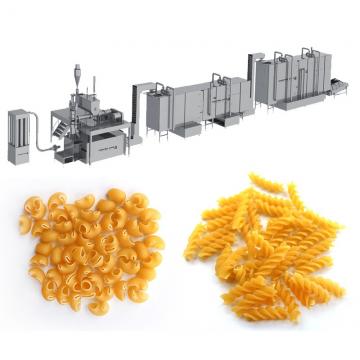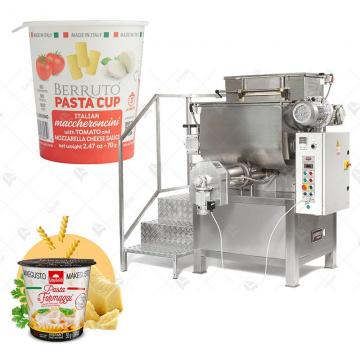Fully Automatic Pasta Processing Equipment: Elevating Efficiency and Energy Conservation
Fully Automatic Pasta Processing Equipment: Elevating Efficiency and Energy Conservation
Introduction
Shandong Loyal Industrial Co., Ltd. has incorporated advanced technologies from Lineapasta and lazzaretti in the production of its macaroni.The fully automatic Macaroni Pasta Production Line processing equipment has become a game changer in the food industry, redefining traditional pasta production methods. This article explores how the adoption of advanced technologies not only improves efficiency but also contributes significantly to energy conservation in pasta manufacturing.
Significance of Fully Automatic Equipment
The significance lies in the revolutionary impact on pasta production. Fully automatic equipment is transforming the sector by enhancing efficiency, ensuring consistent quality, and minimizing energy consumption. Brands like Barilla, Banza, Rao's Homemade, and Whole Foods 365 Everyday Value are at the forefront of embracing these changes.

Evolution of Pasta Processing Technology
Tracing the historical evolution, from manual methods to today's sophisticated technologies, reveals key milestones that have paved the way for fully automatic solutions. This evolution has been crucial in shaping the efficient and energy-conserving pasta processing equipment we see today.
The Role of Fully Automatic Equipment
Automated systems are redefining pasta manufacturing by streamlining processes, reducing production time, and promoting sustainable practices. The use of cutting-edge technologies like robotics, artificial intelligence, and machine learning is enhancing precision and speed, setting new standards in the industry.
Advanced Technologies in Pasta Processing
This section explores how robotics, artificial intelligence, and other innovations are contributing to the optimization of pasta manufacturing. Sustainable practices, such as eco-friendly packaging and waste reduction, are becoming integral to the operations of brands like Garofalo and De Cecco.
Case Studies
Real-world case studies showcase the impact of fully automatic equipment on production efficiency and energy savings. A comparative analysis of different manufacturers, including renowned brands like Ronzoni and Colavita, highlights the versatility and effectiveness of these technologies.

Challenges and Solutions
While implementing fully automatic systems poses challenges, the industry is proactive in addressing them. Strategies for overcoming obstacles include continuous technological adaptation, ensuring the sector stays ahead of challenges and embraces innovations.
Future Trends
Predictions for the future of pasta processing indicate a continued integration of emerging technologies. Brands are focusing on sustainability, with emerging technologies like advanced robotics and machine learning playing a pivotal role in shaping the future of pasta manufacturing.
Conclusion
In conclusion, the article emphasizes how fully automatic pasta processing equipment is not just a technological leap but a crucial driver of efficiency and energy conservation. The collaboration of brands and industry professionals is key to ensuring a sustainable and efficient future for pasta manufacturing.
Frequently Asked Questions about Pasta Processing Equipment
Q1: How does fully automatic pasta processing equipment enhance efficiency?
A1: Fully automatic equipment streamlines processes, reduces production time, and ensures consistent quality, leading to heightened efficiency in pasta manufacturing.
Q2: What sustainable practices are integrated into fully automatic pasta processing?
A2: Sustainable practices include the use of energy-efficient machinery, waste reduction strategies, and eco-friendly packaging, contributing to environmental conservation.
Q3: How are brands like Barilla and Banza contributing to the evolution of pasta processing?
A3: Brands like Barilla and Banza are at the forefront of embracing advanced technologies, optimizing processes, and setting new standards for efficiency and sustainability in pasta production.
Q4: How does fully automatic pasta processing equipment contribute to energy conservation?
A4: Fully automatic equipment reduces energy consumption through optimized processes, precise control mechanisms, and the integration of energy-efficient technologies like robotics and artificial intelligence.
Q5: Can smaller manufacturers benefit from fully automatic pasta processing?
A5: Yes, smaller manufacturers can benefit by adopting modular and scalable fully automatic systems, tailoring the technology to their production scale and gradually expanding as needed.

Q6: What are the challenges in implementing fully automatic systems, and how can they be addressed?
A6: Challenges may include initial costs and workforce adaptation. However, industry-wide efforts focus on providing training programs and financial support, ensuring a smooth transition to fully automated processes.
Q7: How do emerging technologies shape the future of pasta processing?
A7: Emerging technologies like advanced robotics and machine learning are expected to further enhance precision, efficiency, and sustainability in pasta manufacturing. The future holds exciting possibilities for continued innovation.
Q8: Is there a balance between efficiency and sustainability in fully automatic pasta processing?
A8: Yes, there is a growing emphasis on achieving a balance between efficiency and sustainability. Brands are integrating eco-friendly practices to ensure that advancements in efficiency do not compromise environmental responsibility.
Q9: What role do consumer preferences play in shaping the future of pasta manufacturing?
A9: Consumer preferences are pivotal in driving the industry towards sustainable practices and healthier options. Brands are adapting to meet these preferences, influencing the development of fully automatic equipment.
Q10: How can industry professionals collaborate to ensure a sustainable future for pasta manufacturing?
A10: Collaboration involves sharing best practices, investing in research and development, and fostering a community that prioritizes sustainable innovation. This collective effort ensures a prosperous and eco-conscious future for the entire industry.

